
How to Use LiFePO4 Charger 14.6V 20A: Examples, Pinouts, and Specs
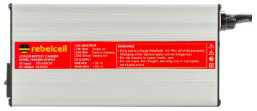
 Design with LiFePO4 Charger 14.6V 20A in Cirkit Designer
Design with LiFePO4 Charger 14.6V 20A in Cirkit DesignerIntroduction
The LiFePO4 Charger 14.6V 20A is a specialized charging device designed for Lithium Iron Phosphate (LiFePO4) batteries. It provides a maximum output voltage of 14.6V and a current of 20A, ensuring safe, efficient, and reliable charging. This charger is equipped with advanced safety features, including overvoltage, overcurrent, and thermal protection, making it ideal for both personal and industrial applications.
Explore Projects Built with LiFePO4 Charger 14.6V 20A
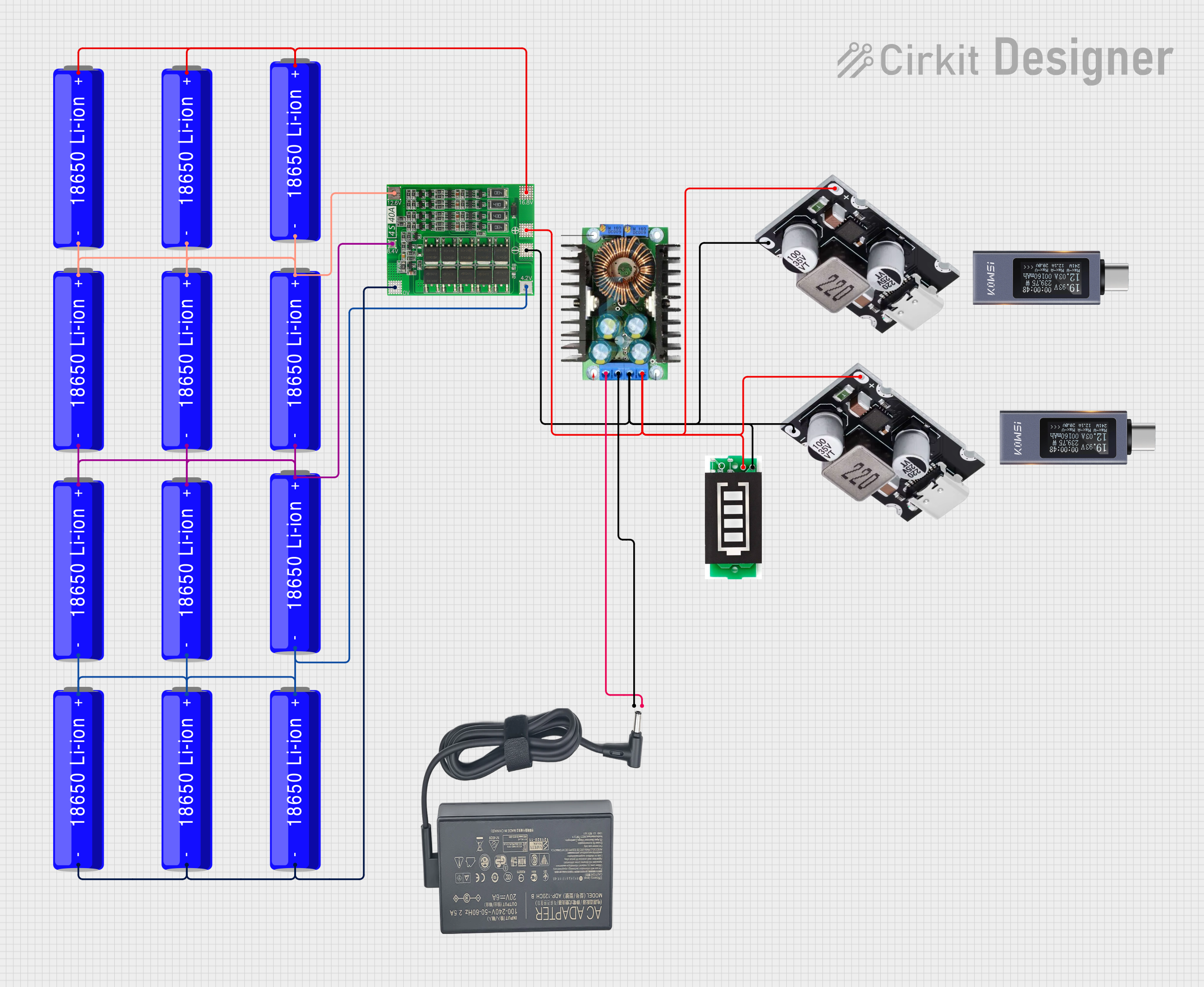
 Open Project in Cirkit Designer
Open Project in Cirkit Designer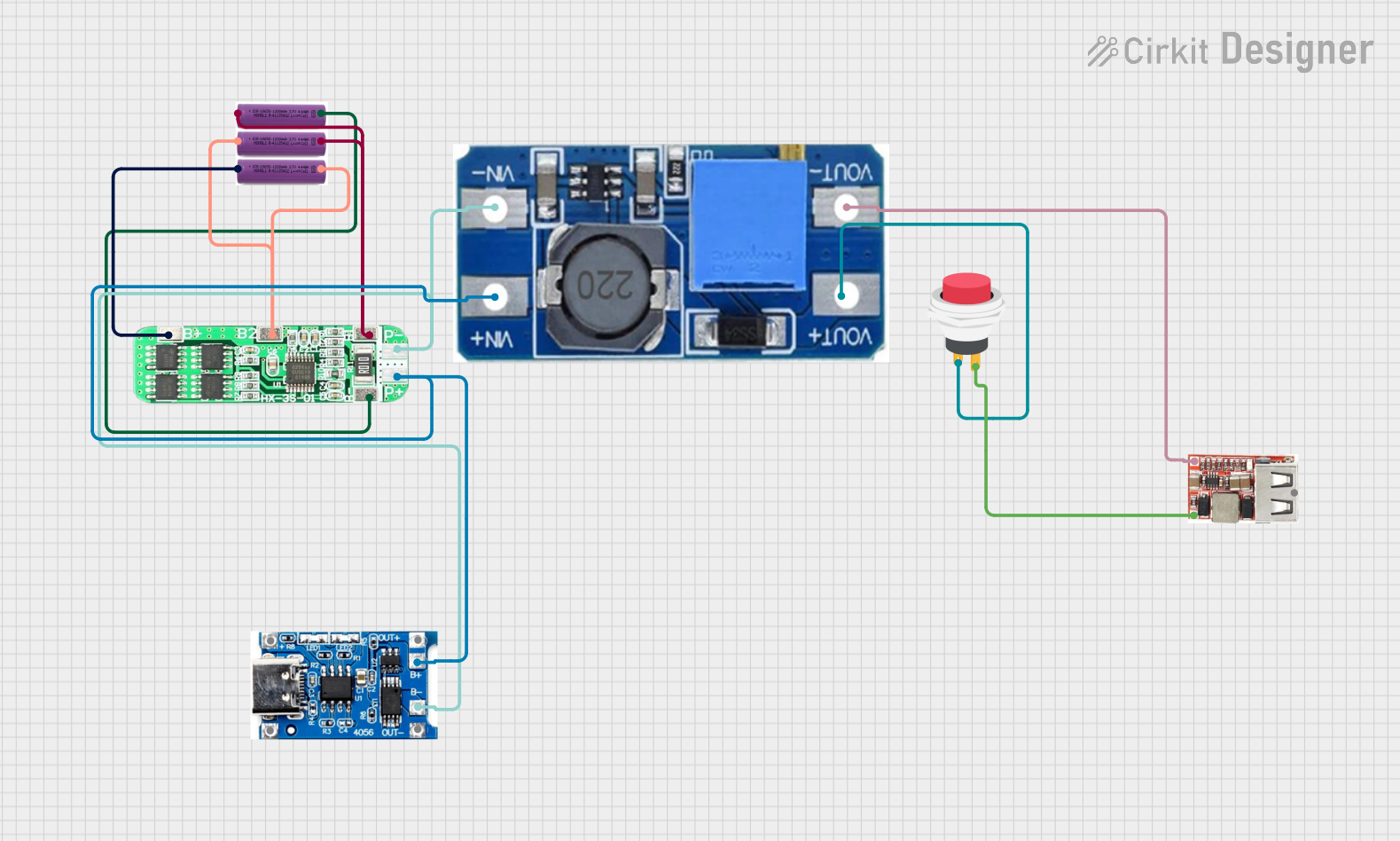
 Open Project in Cirkit Designer
Open Project in Cirkit Designer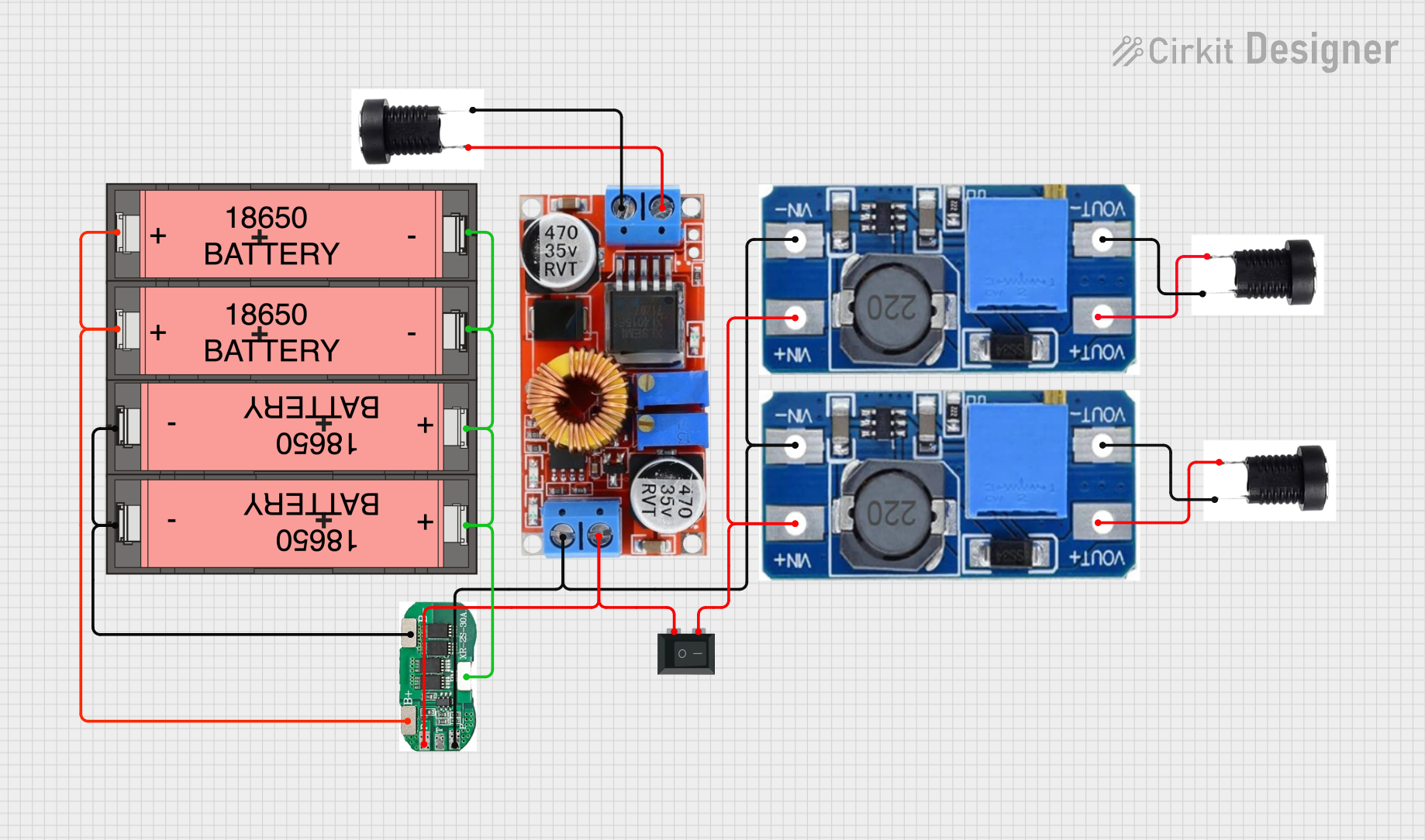
 Open Project in Cirkit Designer
Open Project in Cirkit Designer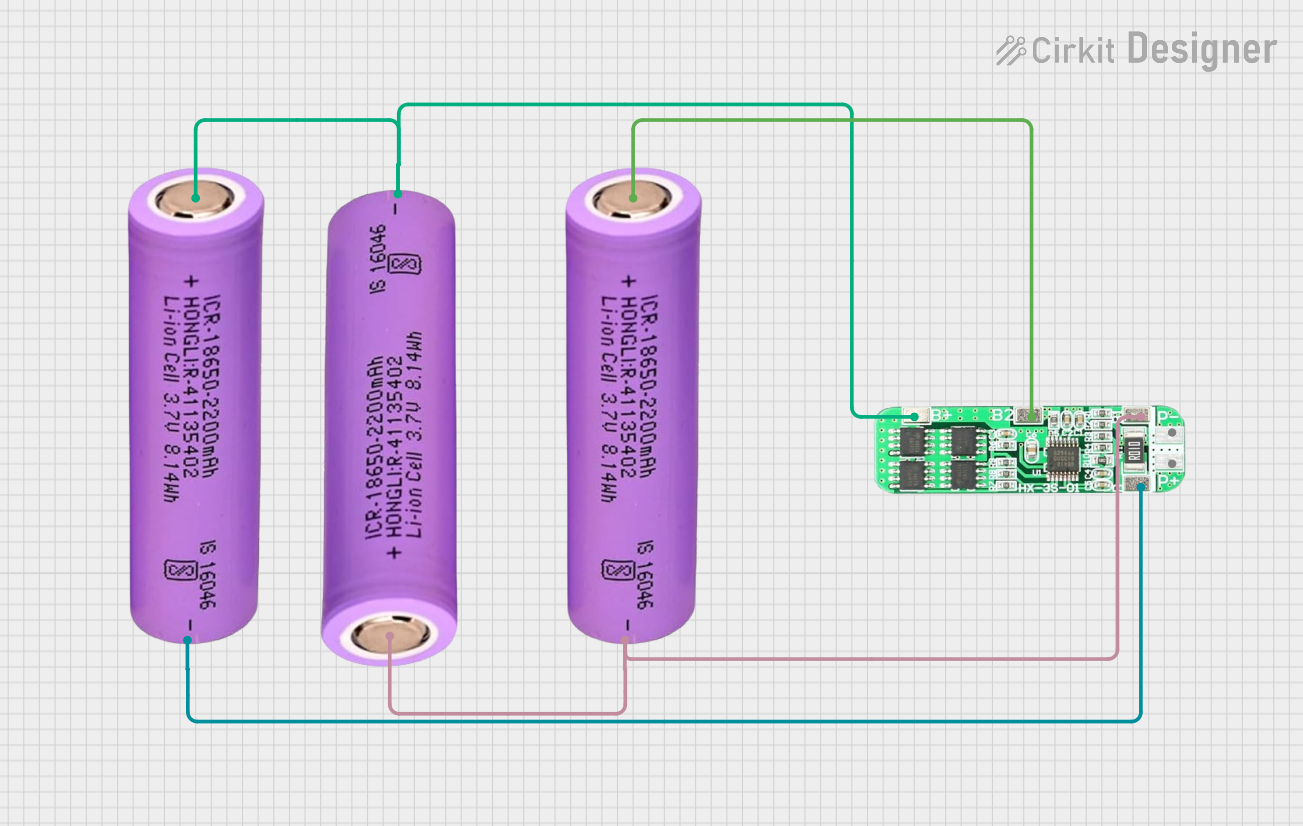
 Open Project in Cirkit Designer
Open Project in Cirkit DesignerExplore Projects Built with LiFePO4 Charger 14.6V 20A

 Open Project in Cirkit Designer
Open Project in Cirkit Designer
 Open Project in Cirkit Designer
Open Project in Cirkit Designer
 Open Project in Cirkit Designer
Open Project in Cirkit Designer
 Open Project in Cirkit Designer
Open Project in Cirkit DesignerCommon Applications and Use Cases
- Charging LiFePO4 batteries in electric vehicles (EVs), solar energy systems, and backup power supplies.
- Use in battery packs for robotics, drones, and portable power stations.
- Applications requiring high-capacity and fast-charging battery systems.
Technical Specifications
Below are the key technical details and pin configuration for the LiFePO4 Charger 14.6V 20A:
Key Technical Details
| Parameter | Value |
|---|---|
| Input Voltage Range | 100-240V AC (50/60Hz) |
| Output Voltage | 14.6V DC |
| Maximum Output Current | 20A |
| Charging Algorithm | CC (Constant Current) / CV (Constant Voltage) |
| Efficiency | ≥ 90% |
| Operating Temperature | -10°C to 50°C |
| Storage Temperature | -20°C to 70°C |
| Dimensions | 200mm x 100mm x 60mm |
| Weight | 1.5 kg |
| Safety Features | Overvoltage, Overcurrent, Short Circuit, and Overtemperature Protection |
Pin Configuration and Descriptions
| Pin Name | Description |
|---|---|
| AC Input (L) | Live wire connection for AC input (100-240V AC). |
| AC Input (N) | Neutral wire connection for AC input. |
| Ground (GND) | Ground connection for safety. |
| DC Output (+) | Positive terminal for connecting to the LiFePO4 battery. |
| DC Output (-) | Negative terminal for connecting to the LiFePO4 battery. |
| Status LED | Indicates charging status (e.g., charging, fully charged, or error state). |
Usage Instructions
How to Use the Component in a Circuit
Connect the AC Input:
- Ensure the charger is powered off before making any connections.
- Connect the AC input terminals (L, N, and GND) to a suitable power source (100-240V AC).
- Use proper insulation and ensure the connections are secure.
Connect the DC Output:
- Attach the DC output terminals (+ and -) to the corresponding terminals of the LiFePO4 battery.
- Double-check the polarity to avoid damage to the battery or charger.
Power On the Charger:
- Switch on the charger and observe the status LED for proper operation.
- The LED will typically indicate the charging state:
- Red: Charging in progress.
- Green: Charging complete.
- Flashing Red: Error detected (e.g., overvoltage or short circuit).
Monitor the Charging Process:
- Allow the charger to complete the charging cycle. The charger will automatically switch to constant voltage mode as the battery approaches full charge.
Disconnect Safely:
- Once the battery is fully charged, turn off the charger and disconnect the battery.
Important Considerations and Best Practices
- Battery Compatibility: Ensure the charger is used only with LiFePO4 batteries rated for 14.6V.
- Ventilation: Operate the charger in a well-ventilated area to prevent overheating.
- Connection Polarity: Always verify the polarity of the DC output connections before powering on the charger.
- Avoid Overcharging: Do not leave the charger connected to the battery for extended periods after charging is complete.
- Regular Maintenance: Periodically inspect the charger and cables for wear or damage.
Arduino UNO Integration (Optional Monitoring)
While the charger itself does not directly interface with an Arduino, you can use an Arduino UNO to monitor the battery voltage during charging. Below is an example code snippet for monitoring the voltage using an analog input pin:
// Arduino code to monitor LiFePO4 battery voltage during charging
const int voltagePin = A0; // Analog pin connected to a voltage divider
const float voltageDividerRatio = 5.7; // Adjust based on your resistor values
const float referenceVoltage = 5.0; // Arduino reference voltage (5V for UNO)
void setup() {
Serial.begin(9600); // Initialize serial communication
pinMode(voltagePin, INPUT); // Set the voltage pin as input
}
void loop() {
int rawValue = analogRead(voltagePin); // Read the analog value
float batteryVoltage = (rawValue * referenceVoltage / 1023.0) * voltageDividerRatio;
// Print the battery voltage to the Serial Monitor
Serial.print("Battery Voltage: ");
Serial.print(batteryVoltage);
Serial.println(" V");
delay(1000); // Wait for 1 second before the next reading
}
Note: Use a voltage divider circuit to step down the battery voltage to a safe range for the Arduino's analog input (0-5V). Select resistor values carefully to achieve the desired ratio.
Troubleshooting and FAQs
Common Issues and Solutions
| Issue | Possible Cause | Solution |
|---|---|---|
| Charger does not power on | No AC input or loose connection | Check the AC input connections and power source. |
| Battery not charging | Incorrect polarity or loose connection | Verify the DC output connections and polarity. |
| Status LED flashing red | Overvoltage, short circuit, or overheating | Disconnect the battery, check connections, and allow the charger to cool. |
| Charger overheating | Poor ventilation or high ambient temperature | Ensure proper ventilation and reduce ambient temperature. |
FAQs
Can this charger be used with other battery types?
No, this charger is specifically designed for LiFePO4 batteries. Using it with other battery chemistries may result in damage or unsafe operation.What happens if the battery is left connected after charging is complete?
The charger will switch to constant voltage mode, but it is recommended to disconnect the battery to prevent overcharging or unnecessary power consumption.How can I monitor the charging process remotely?
You can use an Arduino or similar microcontroller to monitor the battery voltage and implement remote monitoring features.Is the charger waterproof?
No, the charger is not waterproof. Use it in a dry environment and avoid exposure to moisture.
By following this documentation, users can safely and effectively utilize the LiFePO4 Charger 14.6V 20A for their battery charging needs.